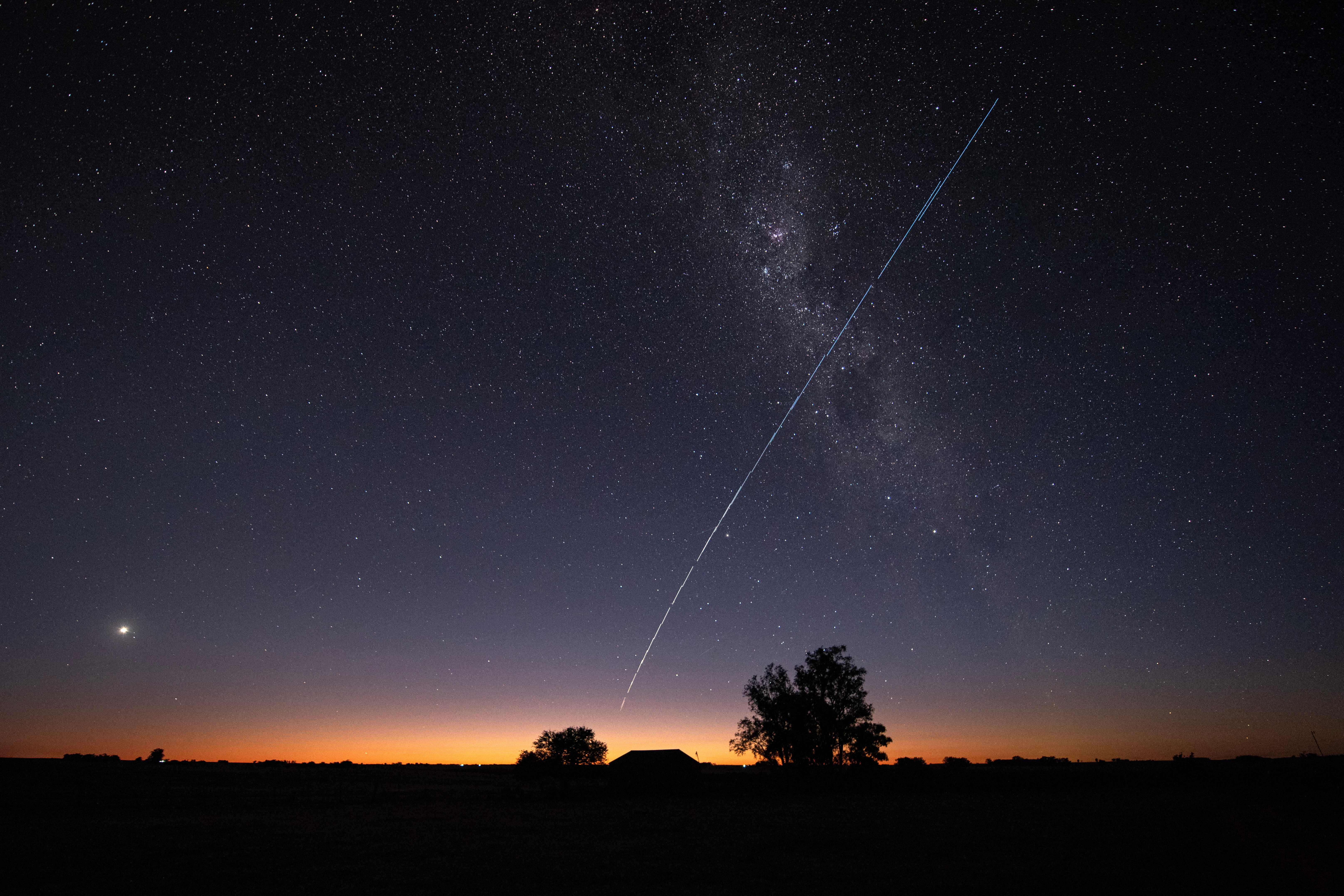Scientists find ‘weird’ galaxy like nothing they have seen before
Discovery could help explain how the first stars turned into the galaxies that surround us

Your support helps us to tell the story
From reproductive rights to climate change to Big Tech, The Independent is on the ground when the story is developing. Whether it's investigating the financials of Elon Musk's pro-Trump PAC or producing our latest documentary, 'The A Word', which shines a light on the American women fighting for reproductive rights, we know how important it is to parse out the facts from the messaging.
At such a critical moment in US history, we need reporters on the ground. Your donation allows us to keep sending journalists to speak to both sides of the story.
The Independent is trusted by Americans across the entire political spectrum. And unlike many other quality news outlets, we choose not to lock Americans out of our reporting and analysis with paywalls. We believe quality journalism should be available to everyone, paid for by those who can afford it.
Your support makes all the difference.Scientists have found a “weird” galaxy that could help explain how the universe we know began.
It was spotted by scientists using Nasa’s James Webb Space Telescope, who noted that one galaxy had an odd light signature, which seemed to suggest its gas was shining brighter than its stars. No such galaxy has ever been seen before.
The galaxy existed around a billion years after the big bang. And researchers believe that it could be a missing part of galactic evolution, showing the time between the first stars in the universe and the well-established galaxies that we know.
“My first thought in looking at the galaxy’s spectrum was, ‘that’s weird,’ which is exactly what the Webb telescope was designed to reveal: totally new phenomena in the early universe that will help us understand how the cosmic story began,” said lead researcher Alex Cameron of the University of Oxford.
Examining the data, the team created computer models of what would happen if cosmic gas clouds were being heated by very hot, massive stars, so that the gas outshone the stars themselves. Those models matched the observations from the Webb telescope almost exactly.
Researchers believe that the galaxy is intensely forming stars inside a cloud of gas. That cloud is hit by so much light from the stars being created that it shines brightly across the universe so that researchers can see it.
The newly discovered galaxy – which has been named galaxy 9422 – remains a mystery in many ways. It is not clear how representative of galaxies at this point of the universe it is, for instance, or how it might emerge from galaxies at even earlier points in their evolution.
“It’s a very exciting time, to be able to use the Webb telescope to explore this time in the universe that was once inaccessible,” said Cameron. “We are just at the beginning of new discoveries and understanding.”
The research is described in a new paper, ‘Nebular dominated galaxies: insights into the stellar initial mass function at high redshift’, published in the Monthly Notices of the Royal Astronomical Society.
Join our commenting forum
Join thought-provoking conversations, follow other Independent readers and see their replies
Comments